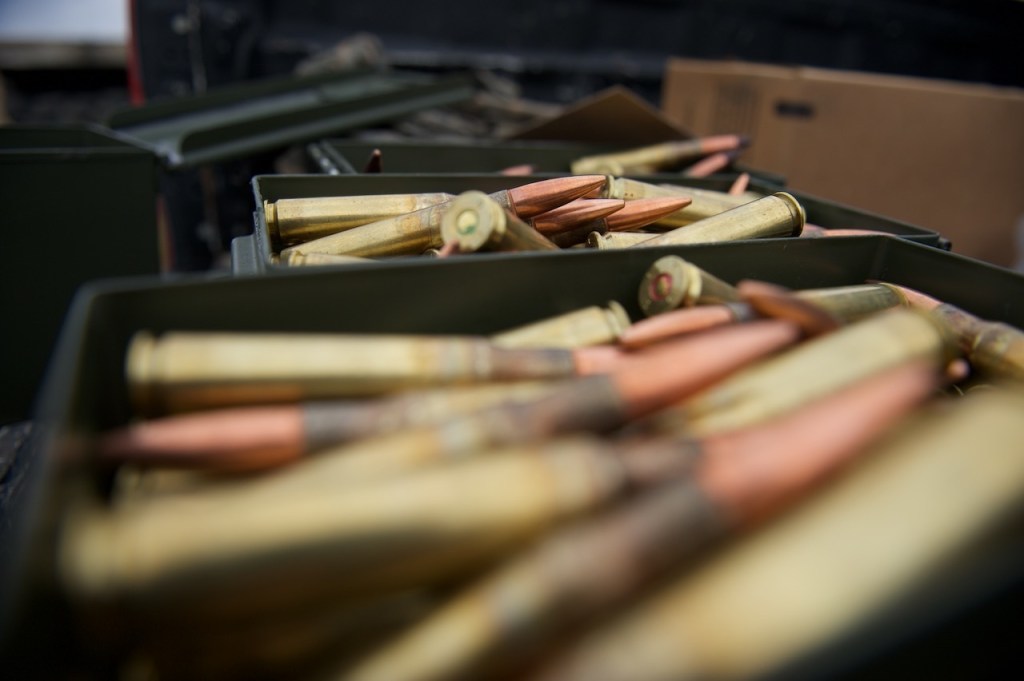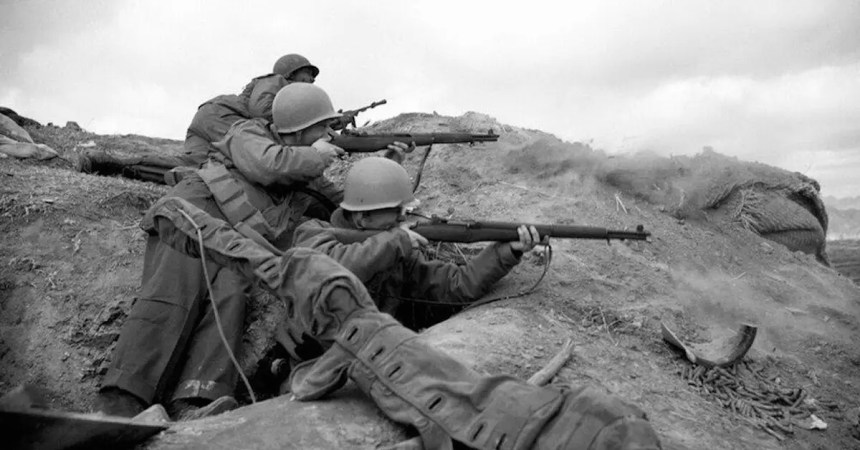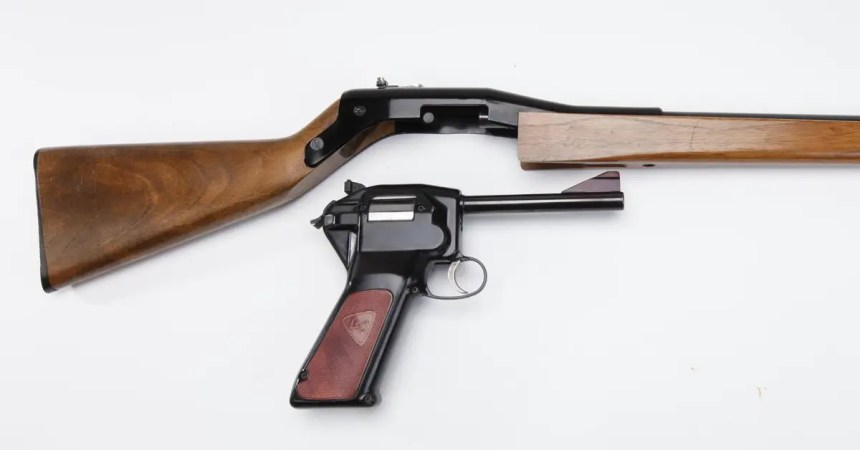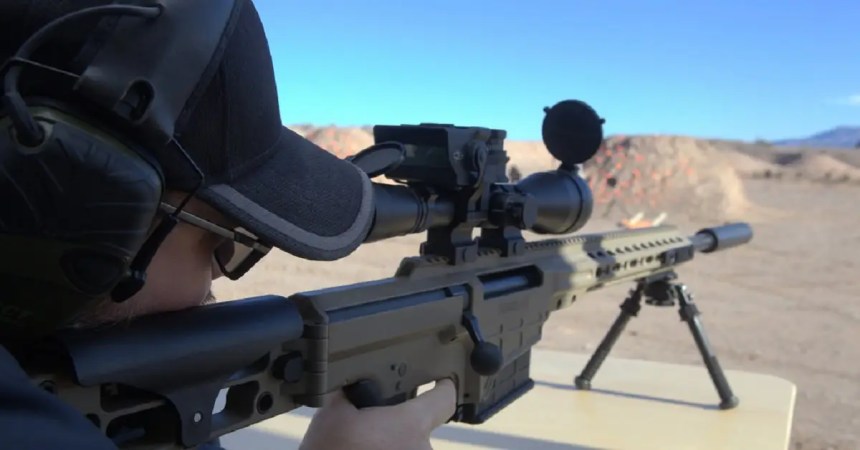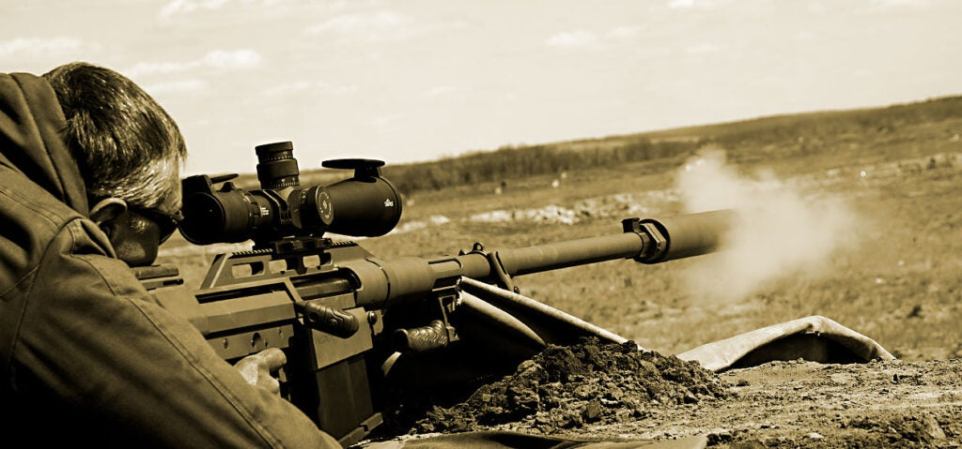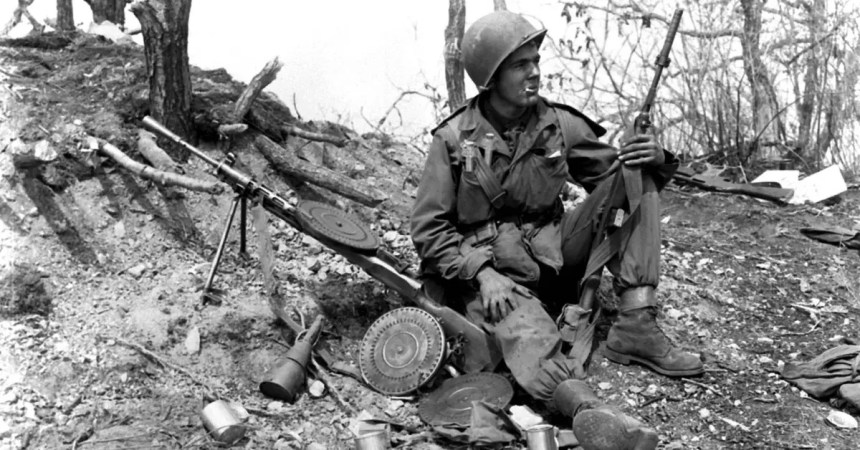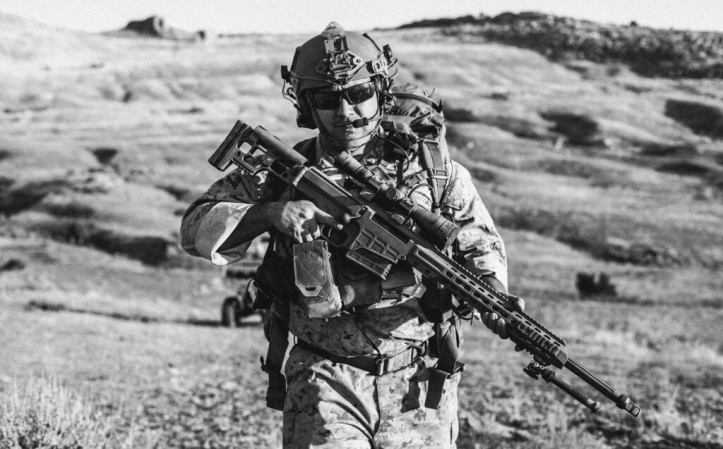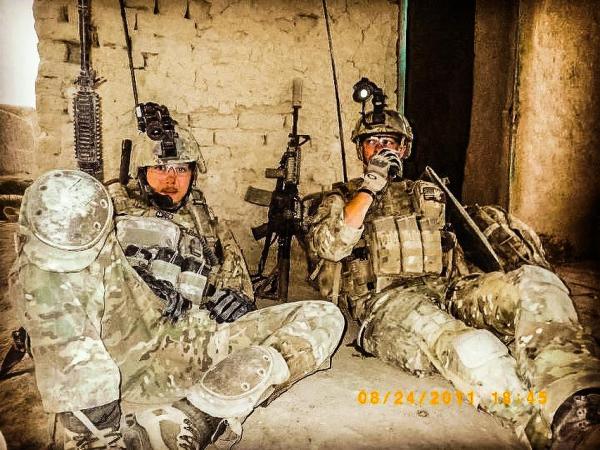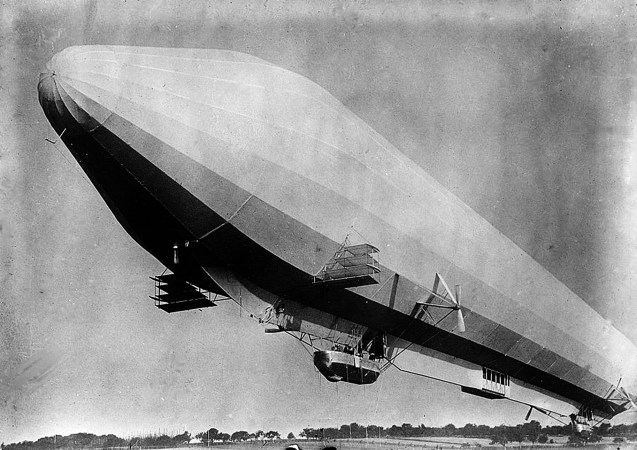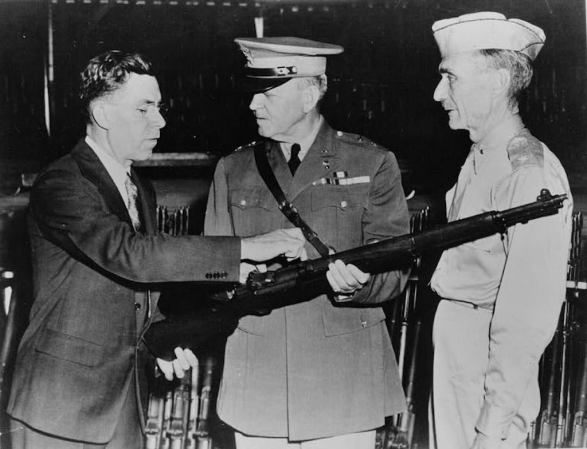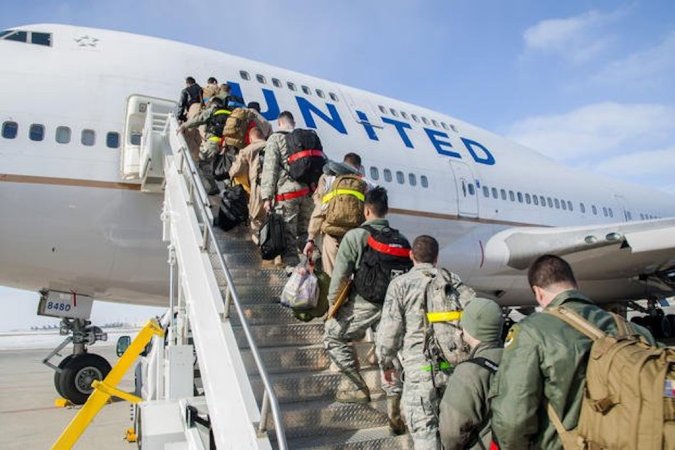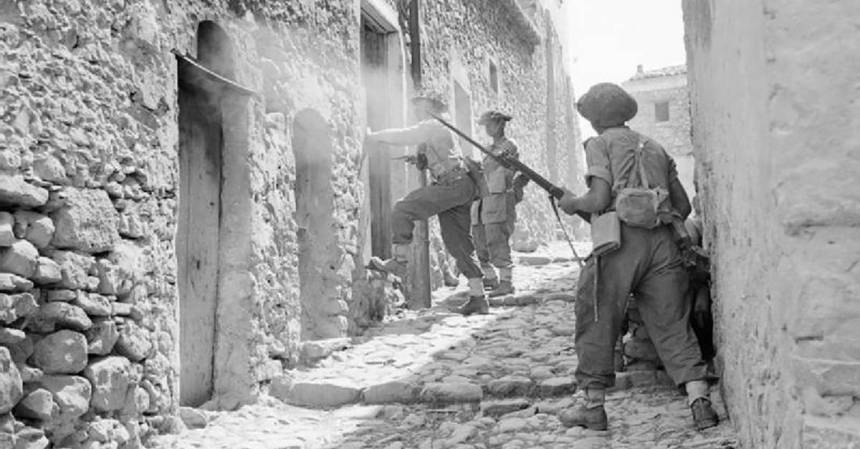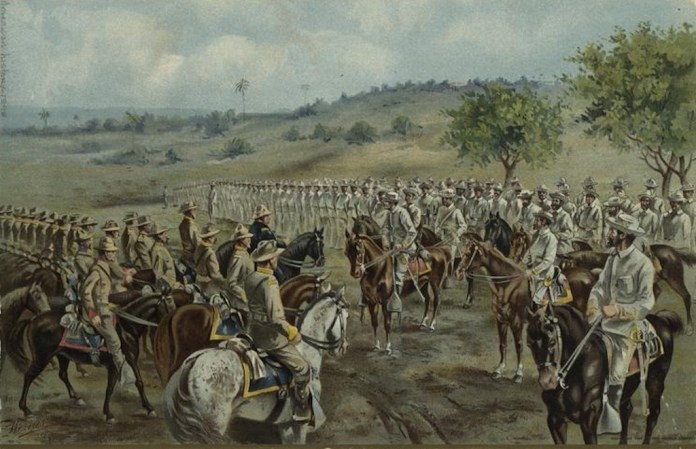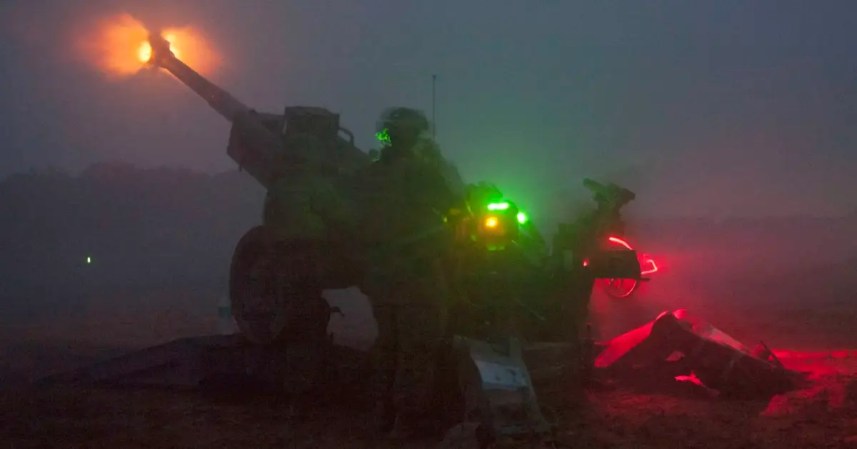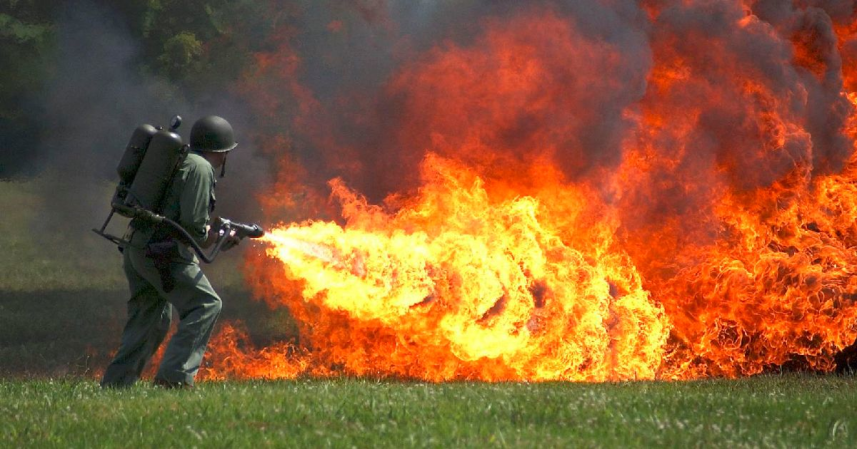Even if you’ve never touched a firearm in your life, everyone knows how it basically works. You put the round in the barrel, aim, pull the trigger, and the round hits the target.
On a very rudimentary level, that’s true, but ballistics are a bit more complicated than that. To understand the process better, we have to start with the round.
Let’s take a look at everything you need to know about ammunition and how it works
What are bullets made of?
Back in the day (and by that, I mean more than 100 years ago), bullets were made from pure lead. Today, however, that’s not an option.
Thanks to technological advancements which we’ll explain in the following section, bullets can nowadays be fired at amazing speeds, and lead alone is simply not strong enough to be fired.
When fired at high speeds, the lead will rub off on the bores inside the barrel – this damages the round, losing both speed and accuracy.
Lead is still a great base material for a bullet because of how heavy it is, which means that it will retain trajectory and it can’t be easily moved by wind.
To solve this problem and keep lead as the base material, modern ammo is covered with a thin layer of another metal, called a jacket. The jacket is usually made from steel, various copper alloys, or a type of brass.
The jacket protects the lead base from rubbing off on the bores.
There are also solid bullets, usually made from brass or copper-nickel. These rounds are only used on big game animals, such as elephants.

How are bullets fired?
There’s a shell casing surrounding the bullet, containing the propulsion and the ignition system. A single unit of ammunition containing a bullet, a case, the propellant, and an ignitor, is called a cartridge or a round.
Once you stack the rounds in the magazine, put the magazine into your firearm and cock it, you’re feeding the first round into the barrel.
The remaining rounds are fed automatically – modern firearms utilize a mechanic or gas-powered return system to automatically kick out the shell of a fired round and insert a new round.
The bullet itself is fired by the ignition of the propellant. If you take a look at the bottom of a round, you’ll see a small circle in the center. That small circle is called the primer or the igniter.
When you pull the trigger, the igniter is struck with the firing pin, after which it lights up the propellant and the force of the explosion fires the bullet out of the weapon.
Gunpowder is a propellant, but modern propellants are made from various powders, usually based on nitroglycerin.
That is, essentially, the mechanism behind firing bullets.
They get their rotation because of the grooves (bores) on the inside of the barrel, and the rotation helps the projectile keep its trajectory.

What Is caliber and does it matter?
You’ve probably heard the term caliber thrown around on TV all the time, but what does it really mean?
Caliber is the internal diameter of the gun barrel. It basically means how wide the bullet is.
There’s no international unit for caliber – some rounds are measured in millimeters; others are measured in inches.
For example, the 9mm is always measured in millimeters since it was invented in Austria, and they use the metric system there. The .45 ACP round is always measured in inches since it was invented in the United States.
Does caliber matter? Absolutely – you can’t fire a round if it’s not perfectly sized for the firearm you’re using. In that regard, caliber is the equivalent of shoe size – it has to be just right, otherwise it won’t fit.
This is a purely technical explanation of why caliber matters, but it’s not the only reason. Caliber is especially important if you’re going hunting.
Using too small of a round on big game will make you an ineffective hunter. You can certainly kill a deer with a .22 LR round, but even if you shoot the deer in the best spot, you’ll deal much more damage with a .300 Blackout or a .308 Winchester round.
The opposite happens if you use a big caliber for small game – too big of a round will literally tear the animal apart. Whether you’re hunting dinner or a trophy – you don’t want to destroy your kill.
This is why many hunting grounds regulate the caliber you can use for different game.In tactical context, the weight of the round is especially important when it comes to long-range shooting. Two rounds won’t have the same long-range performance. This is why snipers take the weight of their rounds into account when they make shot calculations.


